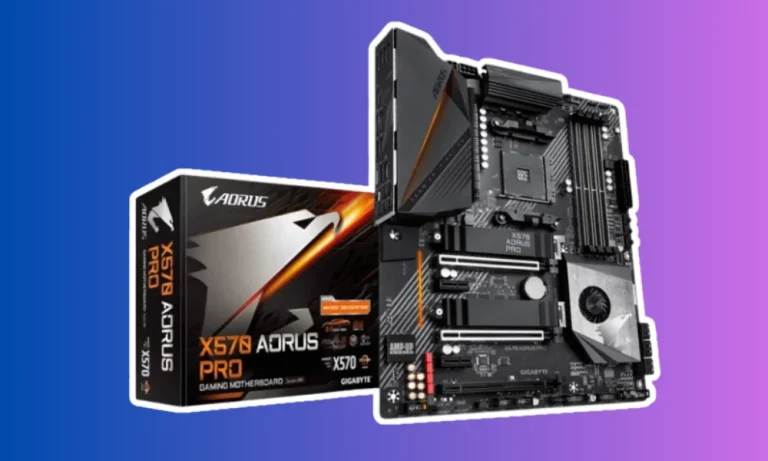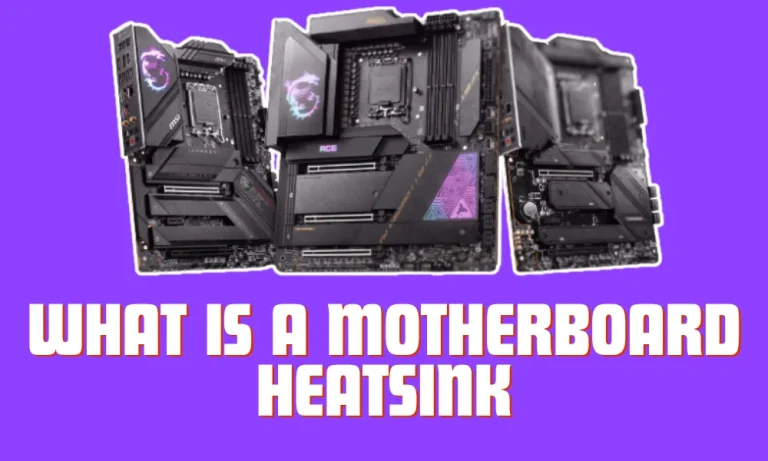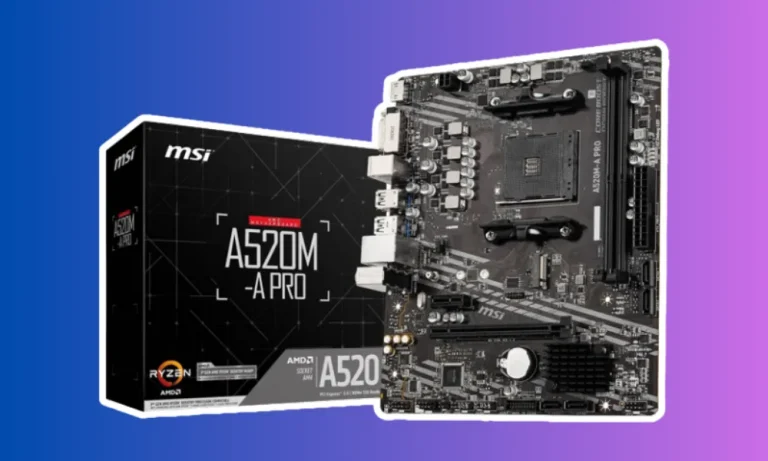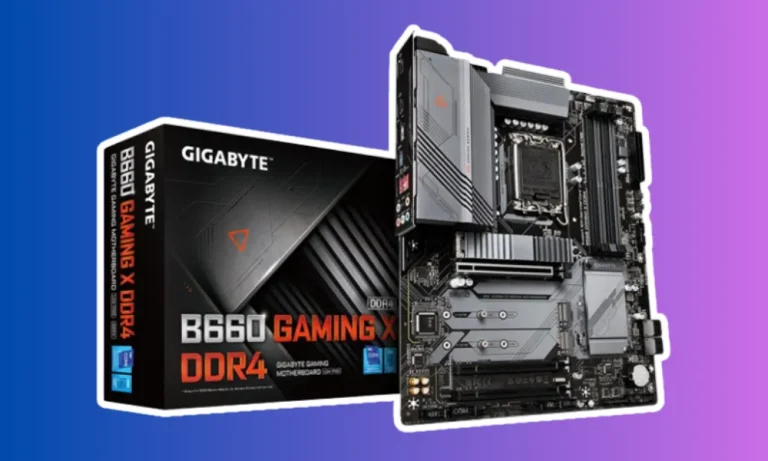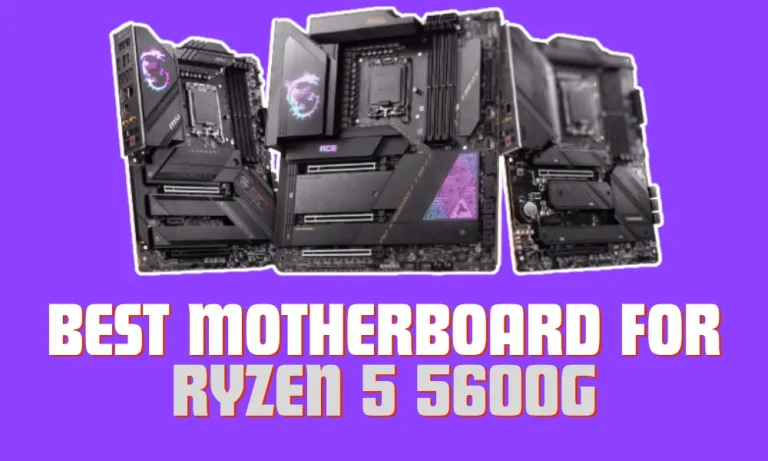Can Dust Ruin a Motherboard?
Can dust ruin a motherboard? It’s a question that often goes unnoticed, but the answer might surprise you. Picture this: your trusty computer humming away, performing its tasks diligently. But lurking in the shadows, microscopic dust particles are silently wreaking havoc on your motherboard.
In this blog post, we’ll delve into the world of dust and its potential to cause damage to this vital component of your computer. So, grab a cup of coffee, sit back, and let’s uncover the hidden dangers of dust on your motherboard.
How Dust Enters a Computer
Have you ever wondered how dust manages to find its way into your computer? It seems like a sneaky intruder, always finding a path to infiltrate our beloved devices.
The Sneaky Entry Points
Dust can enter a computer through multiple entry points, taking advantage of even the tiniest gaps or openings. Here are some common entry points for dust:
- Air Vents: The air vents on your computer case are designed to allow airflow to keep the components cool. Unfortunately, they also provide an easy entry point for dust particles.
- Fans and Cooling Systems: Fans play a crucial role in cooling down the computer, but they can also draw in dust from the surrounding environment.
- Cable Openings: Every computer has various cables and connectors that create small openings, perfect for dust to sneak in.
- Optical Drives and USB Ports: These external openings are susceptible to dust accumulation, especially if left uncovered for extended periods.
Infiltrating the Motherboard
Once inside the computer, dust particles can find their way to the motherboard through several routes:
- Gravity: Dust settles over time, and as it does, it can gradually find its way to the motherboard, especially if there are gaps or exposed components.
- Airflow: The fans and cooling systems within a computer can distribute dust particles throughout the system, including onto the motherboard.
- Static Electricity: Dust particles can be attracted to charged components on the motherboard, further facilitating their infiltration.
Effects of Dust on Motherboards
Dust may seem harmless, but when it comes to our precious motherboards, it can cause significant damage.
The Hidden Dangers of Dust Accumulation
When dust particles settle on a motherboard, they can create a host of problems:
- Heat Buildup: Dust acts as an insulator, preventing efficient heat dissipation. This can lead to increased temperatures on the motherboard, potentially causing overheating and reducing the lifespan of sensitive components.
- Short Circuits: Dust particles, especially conductive ones, can create a bridge between different electrical components on the motherboard. This can result in short circuits, causing immediate damage or intermittent issues that are hard to diagnose.
- Interference with Connections: Dust accumulation can interfere with the connections between components on the motherboard, leading to poor electrical conductivity and potential malfunctions.
- Increased Fan Noise: Dust accumulation on fans can unbalance them, leading to excessive vibrations and increased noise levels, indicating strain on the cooling system.
Impact on Performance and Longevity
The effects of dust on a motherboard can have a direct impact on its performance and longevity:
- Reduced Performance: Overheating due to dust accumulation can cause the motherboard to throttle, reducing its performance and affecting the overall speed and responsiveness of the computer.
- System Instability: Dust-related issues like short circuits or poor connections can result in system instability, leading to crashes, freezes, and unexpected shutdowns.
- Component Failure: Excessive dust accumulation over time can contribute to the failure of critical components on the motherboard, rendering the computer unusable and requiring costly repairs or replacements.
Risks to Motherboard Components
Dust may seem harmless, but when it comes to the delicate components of a motherboard, it can pose significant risks.
The Vulnerable Components
Dust can wreak havoc on various components of a motherboard:
- Capacitors: Capacitors are responsible for storing and releasing electrical energy. Dust accumulation on capacitors can lead to overheating, reduced capacitance, and even failure, resulting in system instability or non-functioning components.
- Connectors: Connectors on the motherboard facilitate communication between different components. Dust can interfere with these connections, causing poor electrical conductivity, signal degradation, and potential malfunctions.
- Slots: Expansion slots on the motherboard allow for the installation of additional components like graphics cards or sound cards. Dust accumulation in these slots can prevent proper seating of the components, leading to connection issues and reduced performance.
Potential Hazards
The presence of dust on a motherboard can create several hazards:
- Short Circuits: Dust particles, especially conductive ones, can create a bridge between different electrical components on the motherboard. This can result in short circuits, causing immediate damage or intermittent issues that are hard to diagnose.
- Overheating: Dust acts as an insulator, preventing efficient heat dissipation. When dust accumulates on heat sinks or around fan blades, it can impede airflow and lead to increased temperatures. This can cause overheating of sensitive components, reducing their lifespan and performance.
- Corrosion: Dust particles can contain corrosive substances, which can slowly eat away at metal components on the motherboard, such as connectors or traces. This corrosion can weaken connections, leading to poor electrical conductivity and potential failures.
FAQs: Can dust ruin a motherboard?
How does dust affect a motherboard?
Dust can accumulate on the motherboard and its components, causing overheating by blocking airflow and insulating heat sinks. This can lead to system instability, hardware failures, and even permanent damage.
Can dust cause short circuits on a motherboard?
Yes, dust particles can conduct electricity and create short circuits between different components on the motherboard, resulting in malfunctions or complete failure of the board.
Can dust affect the connectivity of the motherboard?
Absolutely. Dust can settle on the connectors and pins of the motherboard, hindering proper electrical connections between components such as RAM modules, expansion cards, and connectors. This can lead to data transfer errors and system instability.
How can dust impact the performance of a motherboard?
Excessive dust can impede the cooling system’s effectiveness, causing components to overheat. This can result in reduced performance, frequent system crashes, and even permanent damage to the motherboard or other hardware components.
How often should I clean my motherboard to prevent dust-related issues?
It is recommended to clean your motherboard and computer system at least once every three to six months, depending on the environment. However, if you notice excessive dust buildup or experience any performance issues, it’s advisable to clean it more frequently to prevent potential damage.
Conclusion
Dust can indeed ruin a motherboard. Dust accumulation can lead to overheating, poor connections, and short circuits, causing system instability and potential damage to the motherboard.
Regular cleaning and maintenance are crucial to prevent dust-related issues and ensure the longevity of your motherboard and overall computer system.

